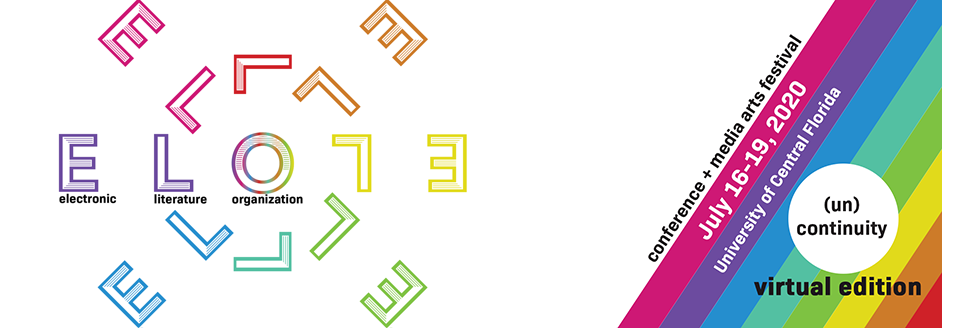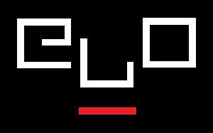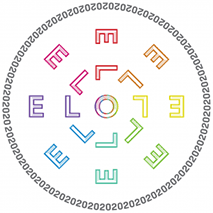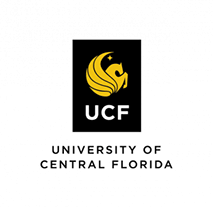Loading...
Submission Type
Conference Talk - Individual
Abstract
Unlike the terms bits and bytes, the origins of which have been documented via the print record (bits in reference to the operations of digital computation machines dates from a January 9, 1947 Bell Labs Memo drafted by John W. Tukey and byte from a June 11, 1956 IBM memo drafted by Werner Bucholz), the term "computer word" has received much less attention in recent scholarship in the histories of computing(s) and in the digital humanities. In computer science, the "word" or "computer word" is a data unit made up of a set number of bits and is hardware dependent. Over the last several years, as part of my ongoing research into relationships and dynamics amongst conceptions of verbal language, information processing, and the history of computational and communications technologies, I've been collecting information related to this question of when and where the term "computer word" arises. One of the term’s earliest uses in print occurs in the 1946 report prepared by Arthur Burks, Herman Goldstine, and John von Neumann entitled "Preliminary Discussion of the Logical Design of an Electronic Computing Instrument." As one of the “canonical” documents in the history of computing, this report offers numerous insights into early conceptions of digital computers, their capabilities, and their functions. Using a media archeological approach to better understand the reasons why Burks, whose wife, Alice, had worked as a human computer at the Moore School, and who was the individual responsible for drafting the 1946 report, may have selected this term, I then consider the cultural reception of the term as a metaphor for the imagined capabilities of digital computers in the late 1940s and for their actual capabilities via the design of first generation programming languages. Arguing that the term “computer word” is a crucial one for better understanding how assumptions about the functions of alphabetic language and current traditional approaches to writing education are embedded in early digital computers, the paper engages with the work of John Cayley, Wendy Hui Kyong Chun, James W. Cortada, Michael S. Mahoney, Thomas J. Misa, David Nofre, and Mark Priestly to consider these issues.
Before the Byte, There Was the Word: Exploring the Provenance and Import of the "Computer Word" for Humans, for Digital Computers, and for Their Relations
Unlike the terms bits and bytes, the origins of which have been documented via the print record (bits in reference to the operations of digital computation machines dates from a January 9, 1947 Bell Labs Memo drafted by John W. Tukey and byte from a June 11, 1956 IBM memo drafted by Werner Bucholz), the term "computer word" has received much less attention in recent scholarship in the histories of computing(s) and in the digital humanities. In computer science, the "word" or "computer word" is a data unit made up of a set number of bits and is hardware dependent. Over the last several years, as part of my ongoing research into relationships and dynamics amongst conceptions of verbal language, information processing, and the history of computational and communications technologies, I've been collecting information related to this question of when and where the term "computer word" arises. One of the term’s earliest uses in print occurs in the 1946 report prepared by Arthur Burks, Herman Goldstine, and John von Neumann entitled "Preliminary Discussion of the Logical Design of an Electronic Computing Instrument." As one of the “canonical” documents in the history of computing, this report offers numerous insights into early conceptions of digital computers, their capabilities, and their functions. Using a media archeological approach to better understand the reasons why Burks, whose wife, Alice, had worked as a human computer at the Moore School, and who was the individual responsible for drafting the 1946 report, may have selected this term, I then consider the cultural reception of the term as a metaphor for the imagined capabilities of digital computers in the late 1940s and for their actual capabilities via the design of first generation programming languages. Arguing that the term “computer word” is a crucial one for better understanding how assumptions about the functions of alphabetic language and current traditional approaches to writing education are embedded in early digital computers, the paper engages with the work of John Cayley, Wendy Hui Kyong Chun, James W. Cortada, Michael S. Mahoney, Thomas J. Misa, David Nofre, and Mark Priestly to consider these issues.




Bio
Johannah Rodgers is a writer, artist, and educator whose work explores issues related to representation and communication practices across media. She is the author of 52WordDrawings (mimeograph, 2017), At, Or To Take Regret: Some Reflections on Grammars (2016), Technology: A Reader for Writers (Oxford University Press, 2014), and the digital fiction project DNA (mimeograph/The Brooklyn Rail).